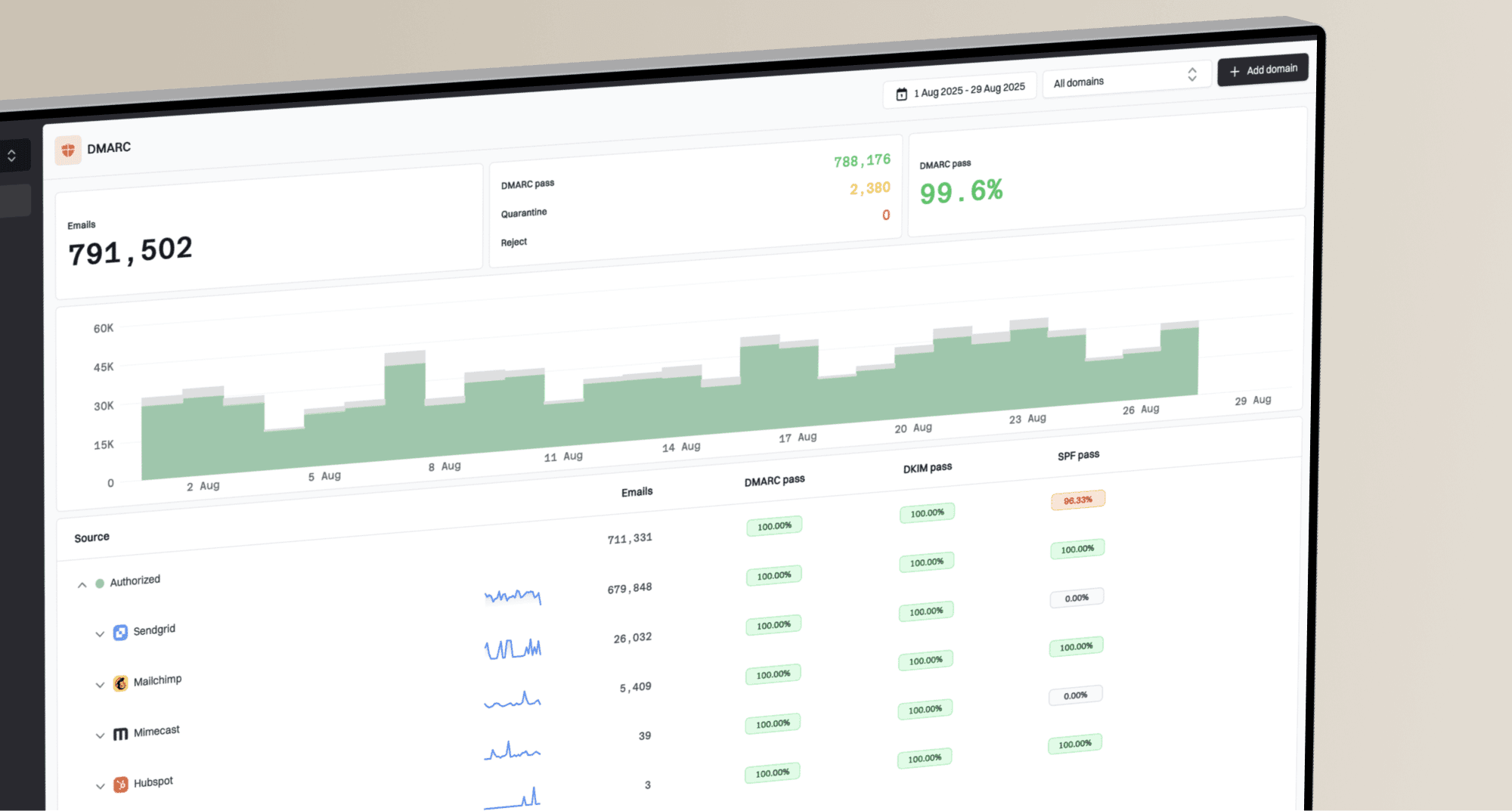I’ve noticed a worrying trend lately. More and more businesses, big and small, are coming to me with the same problem: their emails are landing in the spam folder. It’s a frustrating issue. You spend time crafting the perfect message, you hit send, and then… nothing. Your open rates plummet, your click throughs vanish, and your message gets lost in the digital junk drawer.
What worked a year or two ago is now a one way ticket to the spam folder. But here’s the good news: getting your emails back in the inbox is entirely possible. You just need to understand the new rules of the game.
The Game Changers: Google and Yahoo's New Rules
Earlier this year, Google and Yahoo rolled out new requirements for email senders. These weren’t just minor suggestions; they were significant changes that fundamentally altered the requirements for reaching an inbox. If you send over 5,000 emails a day, these rules are especially crucial, but honestly, everyone who sends email should be paying attention.
So, what are these new rules? At their core, they focus on three key areas:
- Email Authentication: Proving you are who you say you are.
- Easy Unsubscribes: Giving your recipients an easy way out.
- Low Spam Rates: Sending content that people actually want.
Let's break down what each of these means for you.
You Are Who You Say You Are: The Power of Authentication
Think of email authentication as your email’s passport. It’s a set of technical standards that verify your emails are legitimate and not from a malicious actor spoofing your domain. Without it, you're a suspicious sender in the eyes of inbox providers like Gmail and Yahoo.
The three key pillars of email authentication are:
- SPF (Sender Policy Framework): This is a list of all the servers that are authorized to send email on behalf of your domain. It’s like telling the world, "Only emails from these specific locations are from me."
- DKIM (DomainKeys Identified Mail): This adds a digital signature to your emails. This signature is unique to your domain and ensures that the email content hasn't been tampered with in transit.
- DMARC (Domain-based Message Authentication, Reporting & Conformance): This is where it all comes together. DMARC tells receiving email servers what to do with emails that fail SPF or DKIM checks. It can tell them to quarantine the email (send it to spam) or reject it outright. It also provides valuable reports on your email traffic, which is where a tool like Suped becomes indispensable.
In 2024, having SPF, DKIM, and a DMARC policy in place is no longer a “nice to have.” It’s a requirement. If you’re missing any of these, there’s a very high chance your emails are being flagged as suspicious.
Don't Trap Your Subscribers: The One-Click Unsubscribe Rule
This one is simple but incredibly important. Your recipients must have a clear and easy way to unsubscribe from your emails. Google and Yahoo now mandate a one-click unsubscribe link in the header of your emails. This means people don't even have to scroll to the bottom of your email to opt out.
I know it can be tempting to make the unsubscribe process difficult. We all want to keep our subscriber numbers high. But forcing people to stay on your list when they want to leave is a recipe for disaster. They’re more likely to mark your emails as spam, which is a huge red flag for inbox providers. A high spam complaint rate (Google wants to see it below 0.3%) will destroy your sender reputation. So, make unsubscribing easy. The people who leave weren't your engaged audience anyway.
It’s All About Reputation: Why Your Sender Score Matters
Your sender reputation is like a credit score for your email domain. It’s a score that inbox providers use to determine whether you’re a trustworthy sender. A good reputation means your emails get delivered to the inbox. A bad one means you’re headed for the spam folder.
Several factors influence your sender reputation:
- Spam Complaints: As I mentioned, this is a big one. Keep it low.
- Bounces: A high bounce rate (when your emails can't be delivered) indicates that your email list is out of date. Regularly clean your list to remove invalid email addresses.
- Engagement: Do people open and click on your emails? High engagement is a positive signal. Low engagement is a negative one.
- Sending Volume: Sudden, massive spikes in your email sending volume can look suspicious. If you’re planning a big campaign, warm up your domain by gradually increasing your sending volume over time.
You can monitor your sender reputation using tools like Google Postmaster Tools. It provides valuable data on your spam rates, IP reputation, and domain reputation. For more detailed insights, you can check out Yahoo’s
Sender Best Practices.
Your Action Plan for Better Deliverability
Feeling a little overwhelmed? Don’t be. Here’s a straightforward action plan to get your emails back on track:
- Implement SPF, DKIM, and DMARC: This is your top priority. If you’re not sure how, there are plenty of guides online, or you can work with a deliverability expert. And of course, once you have DMARC set up, you’ll want to monitor it. That's where Suped comes in.
- Make Unsubscribing Easy: Implement a one click unsubscribe link in your email header.
- Clean Your List: Regularly remove inactive subscribers and invalid email addresses.
- Focus on Engagement: Send valuable content that your audience wants to read. Personalize your emails and segment your list to ensure you’re sending the right message to the right people.
- Monitor Your Reputation: Keep an eye on your sender reputation using tools like Google Postmaster Tools.
The email world is constantly evolving, and the changes we’ve seen in 2024 are a clear sign that inbox providers are cracking down on spam and prioritizing user experience. By focusing on authentication, user-friendliness, and a strong sender reputation, you can ensure your emails land where they belong: the inbox.



